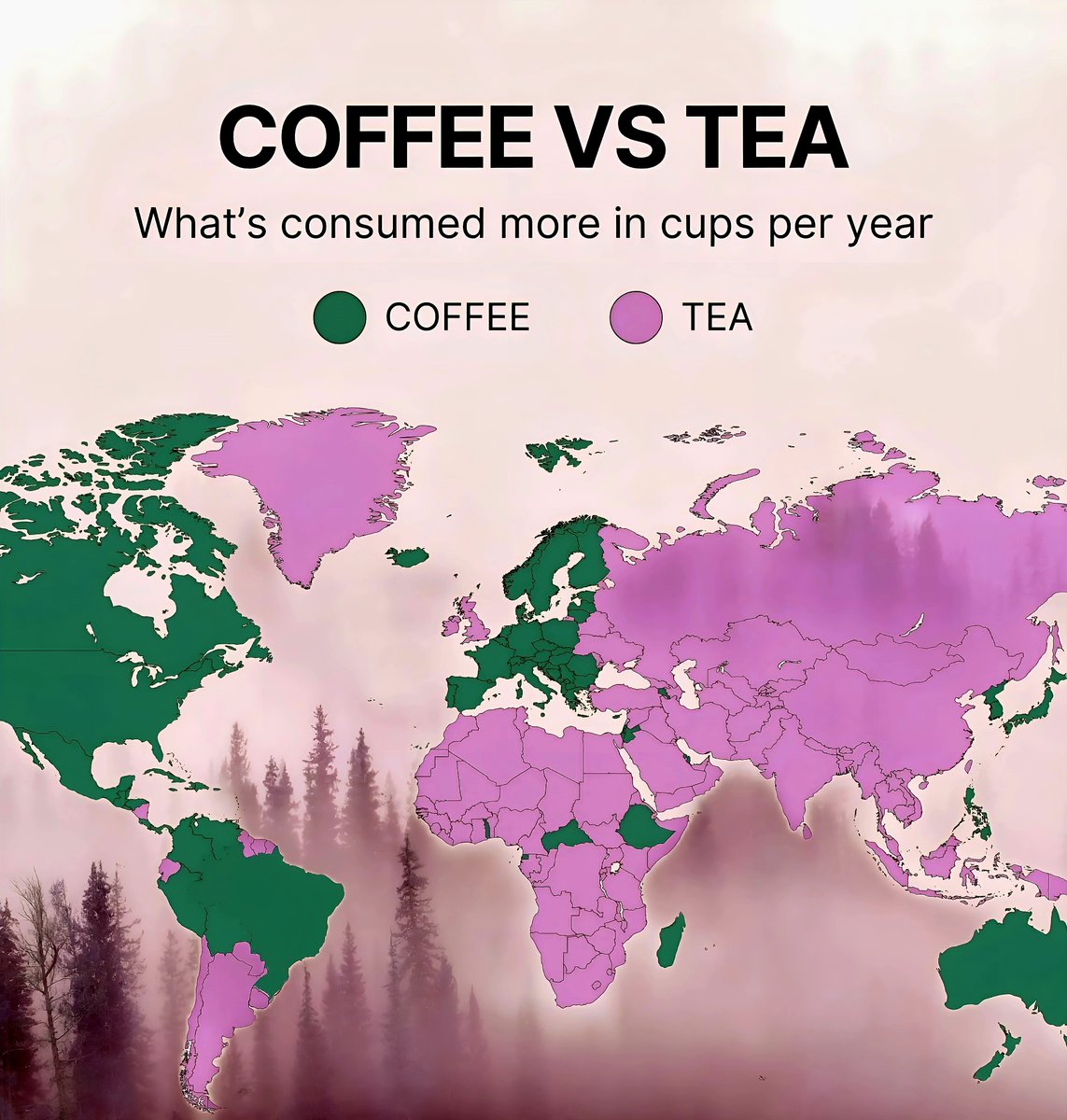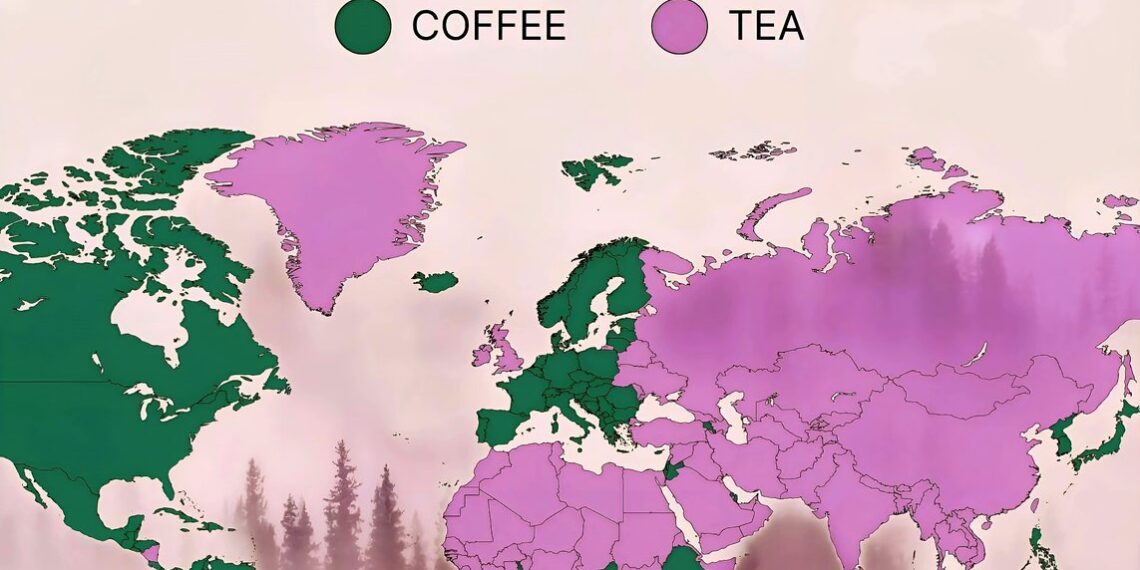Select Language:
Top Coffee and Tea Trends to Watch in 2025

In 2025, the beverage landscape continues its evolution, with coffee and tea maintaining their status as global staples. From innovative brewing methods to eco-friendly packaging, the industry is buzzing with excitement and flavor-packed developments. Here’s a look at the top trends shaping the coffee and tea world this year.
1. The Rise of Functional Beverages
Consumers in 2025 are increasingly seeking beverages that do more than just quench their thirst—they look for drinks with added health benefits. Coffee and tea products infused with vitamins, adaptogens, and antioxidants are dominating menus worldwide.
Coffee is now available with added cognitive enhancers like nootropics to boost focus and mental clarity during busy mornings. Tea varieties, especially herbal and green teas, incorporate ingredients like turmeric, elderberry, and ginseng to enhance immunity and overall well-being.
2. Sustainable and Eco-Friendly Packaging Takes Center Stage
Eco-conscious consumers are demanding environmentally friendly packaging options. Major brands are switching to biodegradable, compostable, and reusable containers, significantly reducing plastic waste.
Innovations include plant-based capsules, recyclable cartons, and refill stations at coffee shops. Brands that commit to sustainable packaging are gaining popularity, reinforcing their image as environmentally responsible.
3. Digital and Contactless Coffee Experiences
The pandemic accelerated the adoption of contactless payment and ordering options, and this trend remains strong in 2025. Coffee shops are integrating mobile ordering apps, cashless payments, and AI-powered customization to streamline customer experiences.
Some cafes utilize smart coffee machines that prepare customized brews based on customers’ preferences saved in their profiles, allowing for quick and personalized service even during peak hours.
4. Innovative Brewing Techniques and Equipment
Advancements in brewing technology continue to impress enthusiasts and baristas alike. Cold brew coffee remains popular, but new methods such as nitro cold brew and charge-infused teas are gaining ground.
At-home coffee enthusiasts are investing in sophisticated equipment like podless espresso machines and automatic pour-over systems, enabling barista-quality drinks at home. Coffee and tea brands collaborate with tech developers to create devices that maximize flavor extraction and brewing consistency.
5. Flavor Pairings and Unique Blends
Flavor innovation is at the forefront, with brands experimenting with unexpected combinations. Popular pairings include matcha with lavender, chai with chili, and coffee with hints of bourbon or caramel.
Limited edition blends and seasonal flavors are also creating buzz, encouraging consumers to try new profiles. Specialty cafes are offering bespoke blends tailored to individual tastes, often utilizing local ingredients to provide a truly unique experience.
6. Emphasis on Transparency and Ethical Sourcing
Consumers are demanding more transparency regarding the origin of their coffee and tea. Brands that highlight fair trade practices, organic certification, and direct trade relationships are earning trust and loyalty.
Many are now providing traceability data, allowing customers to know exactly where their beans or leaves originated, strengthening the connection between consumers and producers.
7. Coffee and Tea Subscription Services
Subscription models are booming as consumers seek convenience and variety. By subscribing, customers receive curated selections of beans, teas, or specialty drinks delivered directly to their doorstep.
Enhanced by personalized flavor profiles and exclusive offerings, these services foster brand loyalty and foster discovery of new favorite brews.
8. The Fusion of Coffee and Tea Cultures
Innovative cafes are blending coffee and tea cultures in unique ways, creating hybrid beverages like coffee-tea hybrids and tea-infused espresso shots. This fusion not only broadens flavor profiles but also appeals to a diverse customer base eager for new taste experiences.
Some coffee shops feature tea bars alongside espresso stations, offering patrons a menu where they can seamlessly transition from coffee to tea and vice versa.
9. Focus on Health-Conscious Additives
Adding superfoods, CBD, and probiotic ingredients to coffee and tea is common among health-conscious consumers. CBD-infused coffee and teas claiming calming effects or pain relief are trend-driven options.
Additionally, traditional health boosters like mushroom extracts and fermented teas are making headway in mainstream markets.
10. Local and Global Coffee & Tea Festivals
The year 2025 has seen a surge in coffee and tea festivals worldwide, celebrating diverse traditions, brewing techniques, and innovations. These events foster community engagement, promote ethical practices, and serve as platforms for brands to showcase new products.
Attendees can participate in tastings, workshops, and competitions, immersing themselves in the rich cultural tapestry that surrounds these beloved beverages.
As coffee and tea continue to adapt and innovate, consumers can expect exciting flavors, sustainable practices, and cutting-edge technology to enrich their daily routines. The passion for these beverages remains as strong as ever, fueling a vibrant industry that embraces tradition and transformation alike.
Note: The image used is from a Twitter source, emphasizing the global recognition and picturesque appeal of coffee and tea cultures.







